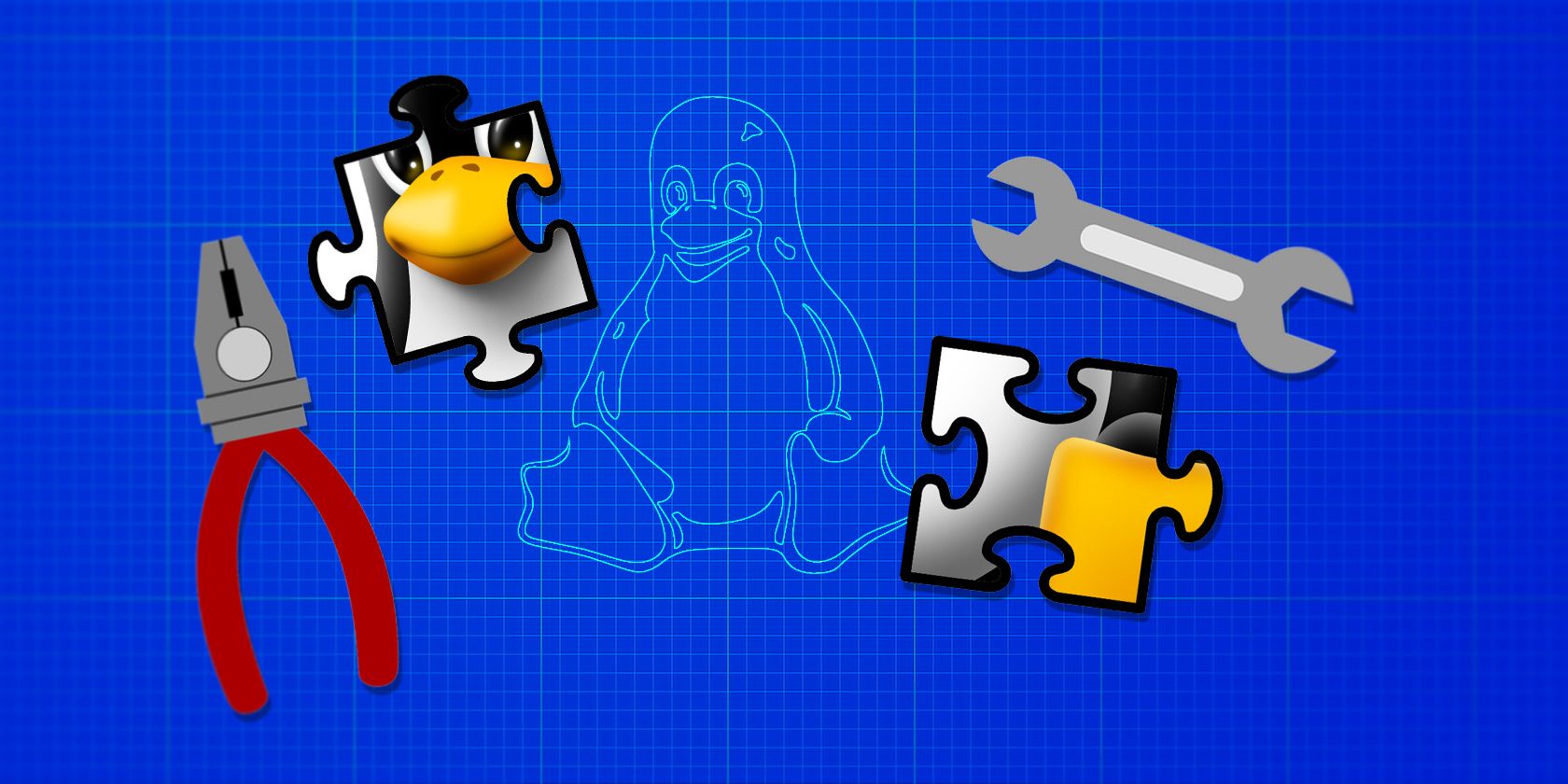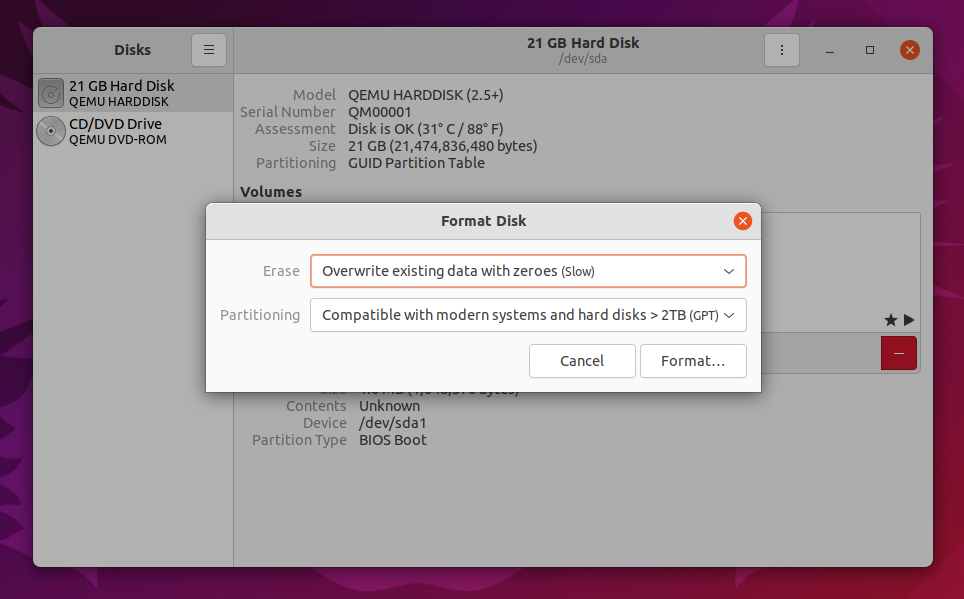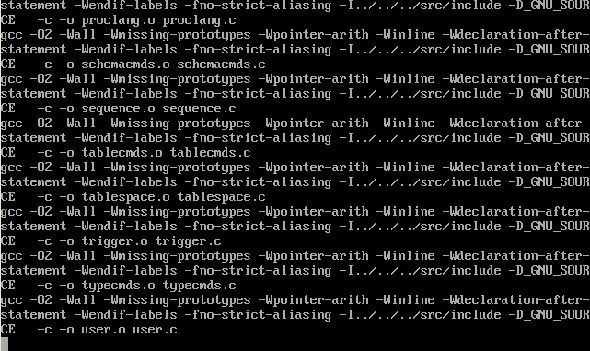There are countless different Linux distributions available. Many of them try to cater to your exact needs and tastes.
But maybe you don't want to take the time to look through and test every single distribution, especially if there are well over 1,000 of them out there. That can be a time-consuming way to find a match made in heaven, with no guarantees. What better way to know you have the perfect match in your hands than to make the operating system yourself?
That's where Linux From Scratch comes in.
What Is Linux From Scratch?
The Linux From Scratch (LFS) project was created specifically to empower you to make your own Linux operating system to meet your needs, whether it's for special hardware accommodations, maximizing performance, staying on the bleeding edge, or learning the internals of Linux.
Linux From Scratch isn't just another distribution that comes with the minimum tooling necessary. LFS is actually just a collection of documentation, so everything you do literally comes from each project's source code.
In other words, with the help of the LFS documentation, you can download the Linux kernel's source code directly from their site and compile it. You then move on to the next component and work your way from there until you've eventually built a complete operating system—or at least as much of an operating system as you need.
How to Make Your Own Linux OS
When creating your own Linux operating system, you need to understand that you will have to use a Linux distribution to create another one. This is because, as you're creating everything directly from source code, you will need common tools provided with most Linux distributions to compile and install your LFS system.
That said, you don't have to have the temporary distribution installed. You can boot Linux from a USB stick and use that to do everything you need to do, instead.
Once you're ready, open up the latest Linux From Scratch documentation for guidance on how to get started. The documentation will contain links and detailed information on how to accomplish the required steps, which is something this article won't cover in full.
Step 1: Partition Disks
The first real step after opening up the documentation is to create a new partition where you will install your new LFS operating system. You can stick to what you ordinarily do, whether that's storing everything on a single partition, separating root and home partitions, or encrypting your disks.
You're welcome to create these partitions using your favorite partitioning tool, such as GParted. If you're using the standard versions of Ubuntu or Fedora, there's a good chance you already have GNOME Disks installed. Or you can opt to use a command-line tool, such as fdisk, which is available regardless of your chosen distribution.
You can opt to create a system next to your existing operating system, but know that dual-booting comes with risks. Linux From Scratch is complicated enough. You may not want to bother with that added complexity.
Step 2: Compile & Install Your Base System
Once you have your partitions ready, you will need to head over to Chapter 3 to download the source code for all necessary packages and patches. Then, after making a few more changes defined in Chapter 4 of the documentation, you will begin to build the bare bones of your LFS system.
By following the guide, you will be compiling the tools which will make up the toolchain which you will then use to build the rest of the basics.
Note, Linux From Scratch has a different concept of "essentials" than your standard distro, which comes with numerous background services, such as printing, audio servers, and firewalls. You're free to install as much of that stuff as you want, but that comes later.
Your base system is what you need to create a bootable system that can stand up on its own, without the continued need for you to continue working from a separate distro.
Once you're done compiling the base, you will "chroot" into your new system. This is the equivalent of restarting into your new operating system, except you are not literally restarting, and the change only applies to your terminal window. At this point, you can begin compiling everything else that will make up your new operating system.
Step 3: Install Your Desktop, Apps, and All the Rest
Once you have a simple configuration going, you can begin to install other software that will make your system truly yours. What other software you should install is completely up to you, your wants, and your needs.
Just remember, there is no package manager. To install anything, you need to know how to compile and build software from source. This is one reason why LFS is often described as the next level up for people who have mastered Gentoo. If building this much software is off-putting, you may want to dabble with Arch Linux instead.
As for which software to install, you have complete freedom. If you want to continue in the spirit of building as much as you can from scratch, you can decide to build your own desktop environment, but there's nothing to stop you from opting for one of the many pre-existing options instead.
Either way, you can then pick from the best Linux apps. If you've made it this far, chances are you know what kind of system you wish to set up. Have fun making the computer your own.
Is Making Linux From Scratch Worth It?
Creating an LFS operating system will definitely take some time as compiling software is not a speedy process. People who haven't tried Linux or aren't comfortable with the terminal may want to start elsewhere before going this far into the deep end.
If you want to experiment with Linux From Scratch anyway, you can try it in a safe, isolated location, such as a virtual machine or on a space machine, so that you don't destroy valuable data by accident. Then, by all means, learn. There is so much invaluable knowledge you can only get by going hands-on.



